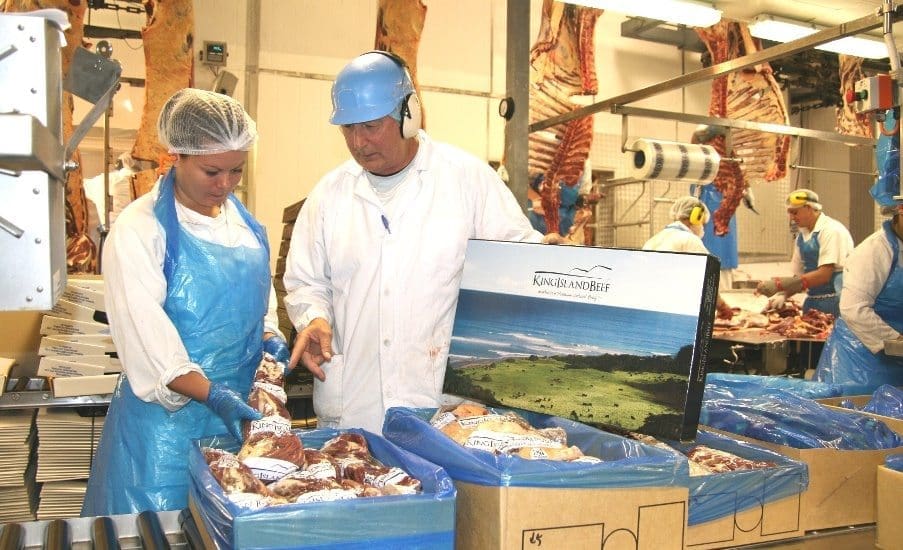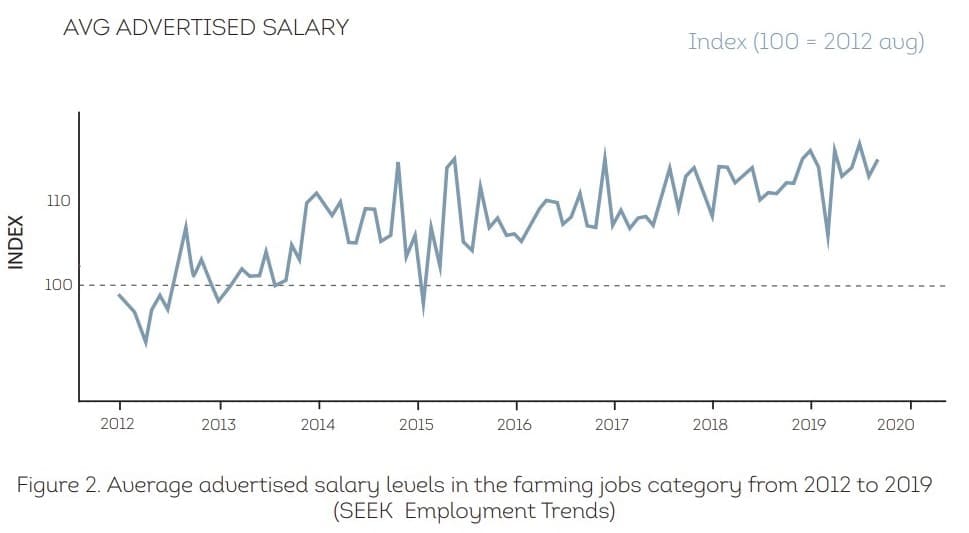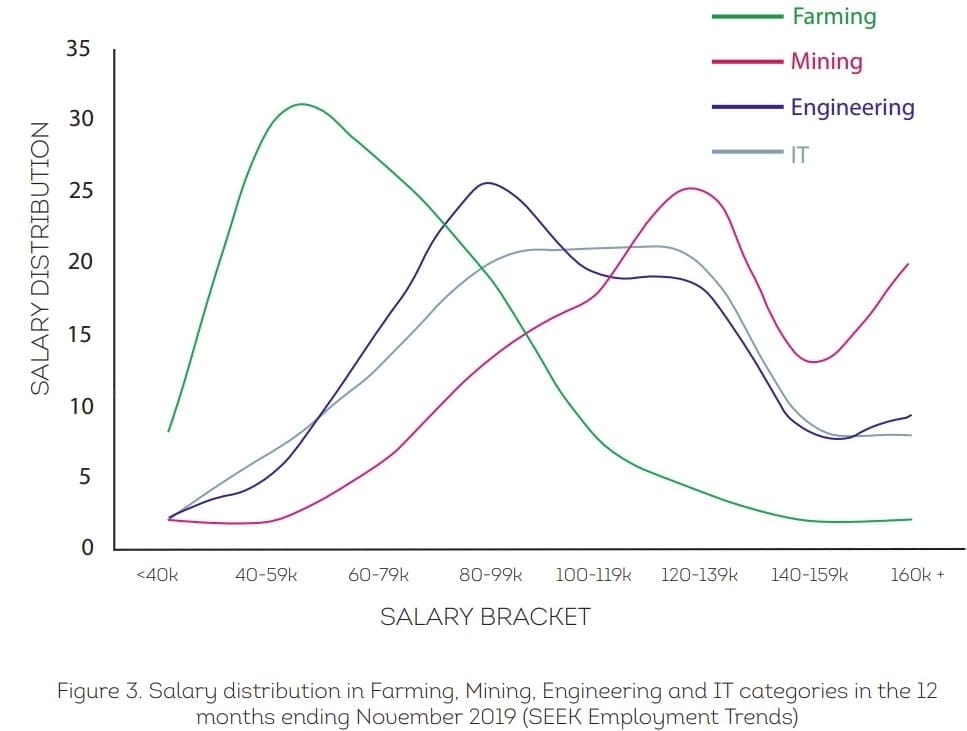Latest listings on Jobs Central:
- Feed Truck Driver – Rangers Valley feedlot
- Logistics/Production Coordinator, Stockyard – via Rimfire Resources
- General Manager, Grain Processing Division – Ahrens
- Station Hand – Stanbroke
- Livestock Manager (Buyer) Northern Supply – Australian Country Choice
- Station Manager, Waterloo NT – Brett Cattle Co
- Production Planner, Inverell NSW – Bindaree Food Group
- Maintenance Supervisor, Caroona Feedlot – JBS
- Livestock Cadet – JBS Northern Division
- Head Stockperson, Newry Station – via Anna Brown Recruitment
Click here to access these and other exciting meat and livestock supply chain jobs currently listed on Jobs Central

DRIVEN by global food demand and increasing affluence in developing countries, the agriculture and farming sector is set to grow immensely in the next ten to twenty years.
As well, more exciting job opportunities in agriculture will be available, fuelled by the introduction of new technologies, an ageing agricultural workforce, population growth and the subsequent higher demand for secure food supplies.
But before all of this happens, significant improvement in remuneration in the agriculture and farming sector needs to take place to attract talent, Agricultural Appointments’ 2020 Agribusiness Trend and Salary Report suggests.
Although agricultural industries are not alone in experiencing little to no real salary growth over the last eight years, the latest salary data from Seek shows that salaries in the agriculture and farming sector are skewed towards the lower levels when compared across other key employment categories, such as mining, information technology and banking.
If this trend continues, then remuneration problems will be a major detrimental factor in the ability of the Australian agricultural sector to attract the skilled talent required to drive future growth, the report suggests.
Agricultural Appointments own research shows that average salary growth in the agricultural industry improved over the 20 years between 1995 and 2015. In more recent years, however, the rate of increase has slowed (see graph below).
The data shows that since the end of 2012, the average advertised salary has risen by about 16pc to the end of 2019, giving an average salary increase of 2pc per annum. This rate of salary increase is only in keeping with the average inflation of around 2pc per annum.
This indicates that salaries have not actually increased over the last decade in real terms.
However, this trend is very similar to all category sectors across Australia over the last decade, where salary growth has been negative or static. Australian workers’ wages have continued to stagnate below long-term growth rates and, if anything, have showed signs of further weakness, with average pay packets rising just 2.2pc over the year to the end of 2019.
Indeed, wage growth in Australia continues to be fixed well below the long-term average of 3.2pc, a level not seen since late in 2012.


When compared with other industries, agricultural industries lag behind other sectors according to a recent salary distribution report from Seek (SEEK Employment Trends – July-Sept 19 vs July-Sept 18).
It is very clear from these salary distribution charts from Seek that the farming jobs category is skewed heavily towards the lower end of the salary ladder, with 65pc of all jobs being in the three lowest salary levels ($40,000 to $79,000), as opposed to information technology, with only 22pc of jobs within these lowest salary levels, and mining with just 10pc.
Source: Agricultural Appointments



I think so-called studies all lack some crucial pieces of information. We are producers of a multitude of commodities, with no control or ability to apply a mark-up on our product that is produced. Yes we can value add etc. But I can’t grow a dishwasher, or a t-shirt for $50 and sell it for $450. Just because family farming is seeing some prosperous times doesn’t mean there are rivers of gold. I’d be pretty confident if you looked at the debt farming families have had to increase to survive droughts and GFCs, you would soon understand who’s getting the lion’s share of our money. A big part of the puzzle that is not mentioned is the added value we can allow on top of a standard package, which helps both sides financially. Also, and this is a generalisation, country living “generally” goes hand in hand with being in a place that makes it conducive to lower cost of living ie rent, being more self-reliant, like saving money as you are not putting your hand into your pocket to literally walk out the door like our city cousins. So to sum our situation up by saying there has been no progress in the ag sector ‘re wages increase, you may need to look a little deeper and you will find its actually a bloody good place to build your future. Cheers